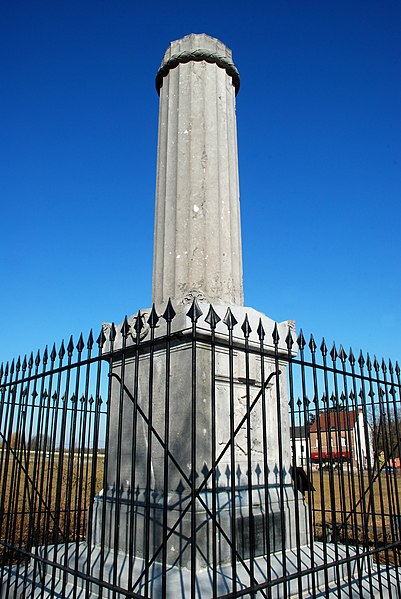A post is a main vertical or leaning support in a structure similar to a column or pillar, the term post generally refers to a timber but may be metal or stone. A stud in wooden or metal building construction is similar but lighter duty than a post and a strut may be similar to a stud or act as a brace. In the U.K. a strut may be very similar to a post but not carry a beam. In wood construction posts normally land on a sill, but in rare types of buildings the post may continue through to the foundation called an interrupted sill or into the ground called earthfast, post in ground, or posthole construction. A post is also a fundamental element in a fence. The terms "jack" and "cripple" are used with shortened studs and rafters but not posts, except in the specialized vocabulary of shoring.
Ashlar pieces are the short, vertical posts. Saint-André-d'Hébertot, France
Ridge posts extend to the ridge beams. Ridge post framing is a type of post and lintel framing from ancient times. A market hall in Chesnois-Auboncourt, Ardennes, France.
This corner post in a half-timbered (colombage) building is decoratively carved. Soultz-les-Bains, France.
B is an intermediate post, C is a window post G are studs which are interrupted by a brace (F) in a timber framed wall.
A column or pillar in architecture and structural engineering is a structural element that transmits, through compression, the weight of the structure above to other structural elements below. In other words, a column is a compression member. The term column applies especially to a large round support with a capital and a base or pedestal, which is made of stone, or appearing to be so. A small wooden or metal support is typically called a post. Supports with a rectangular or other non-round section are usually called piers.
National Capitol Columns at the United States National Arboretum in Washington, D.C.
Columns of the Parliament House in Helsinki, Finland
Column of the Gordon Monument in Waterloo.
Dragon pillar from the Yingzao Fashi, Song dynasty








